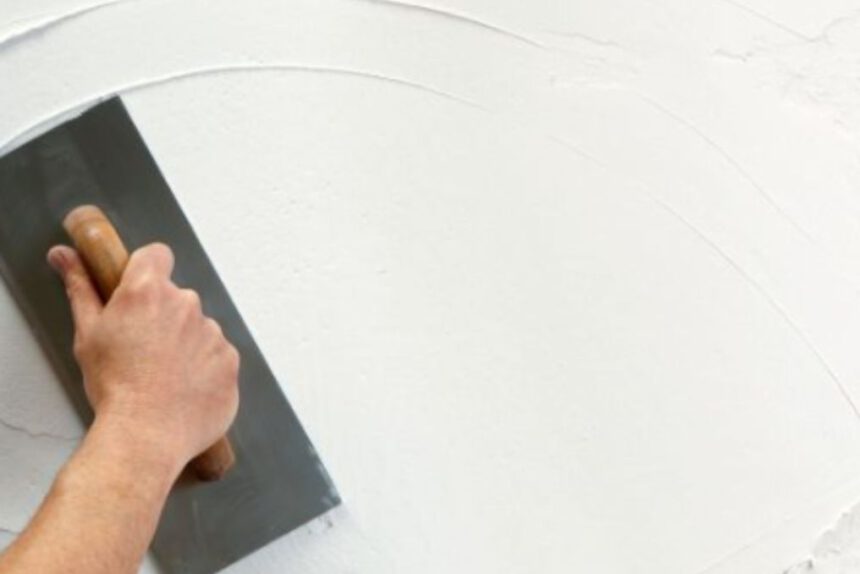How to Smooth Walls Without Plastering
If you have uneven or textured walls and want to achieve a smooth and polished look without the hassle of traditional plastering, you’re in the right place. In this guide, we’ll explore simple techniques to help you smooth your walls and create a flawless finish that enhances the aesthetics of your space.
Assess the Wall Surface
Before you begin the smoothing process, it’s essential to assess the condition of your wall:
Clean the Surface
Start by cleaning the wall thoroughly. Remove dust, dirt, and any loose particles using a damp cloth or sponge. A clean surface ensures better adhesion for the smoothing materials.
Identify Imperfections
Examine the wall closely for imperfections such as cracks, holes, or uneven spots. Mark these areas, as they may require additional attention during the smoothing process.
Materials and Tools You’ll Need
To smooth your walls effectively, gather the following materials and tools:
Wall Filler Compound
Choose a high-quality wall filler compound that suits your wall type. You can find options for both drywall and plaster walls.
Putty Knife
A putty knife or a trowel will be essential for applying the filler compound smoothly.
Sandpaper
Get various grits of sandpaper, including coarse, medium, and fine, to sand the wall for a seamless finish.
Primer
Primer prepares the wall for painting and helps the smoothing compound adhere better.
Paint and Paint Roller
You’ll need paint to finish the wall after smoothing, along with a paint roller for application.
Steps to Smooth Walls Without Plastering
Now, let’s dive into the steps to achieve smooth walls without traditional plastering:
Fill Imperfections
Use the putty knife to apply the wall filler compound to the marked imperfections. Fill holes, cracks, and uneven areas with the compound, ensuring a smooth and level surface.
Sand the Wall
Once the filler compound is dry, sand the entire wall using coarse sandpaper. Start with a coarse grit to remove excess compound and gradually move to finer grits for a smoother finish. Sand until the wall feels uniformly smooth to the touch.
Apply Primer
Apply a coat of primer to the smoothed wall surface. Primer helps the paint adhere better and ensures an even finish.
Paint the Wall
After the primer has dried, paint the wall with your desired color using a paint roller. Apply additional coats as needed, allowing each coat to dry thoroughly between applications.
Conclusion
Smoothing walls without plastering is a feasible DIY project that can transform your space. By assessing the wall, gathering the necessary materials, and following the steps outlined above, you can achieve a smooth and polished wall surface that enhances the overall aesthetics of your home.

